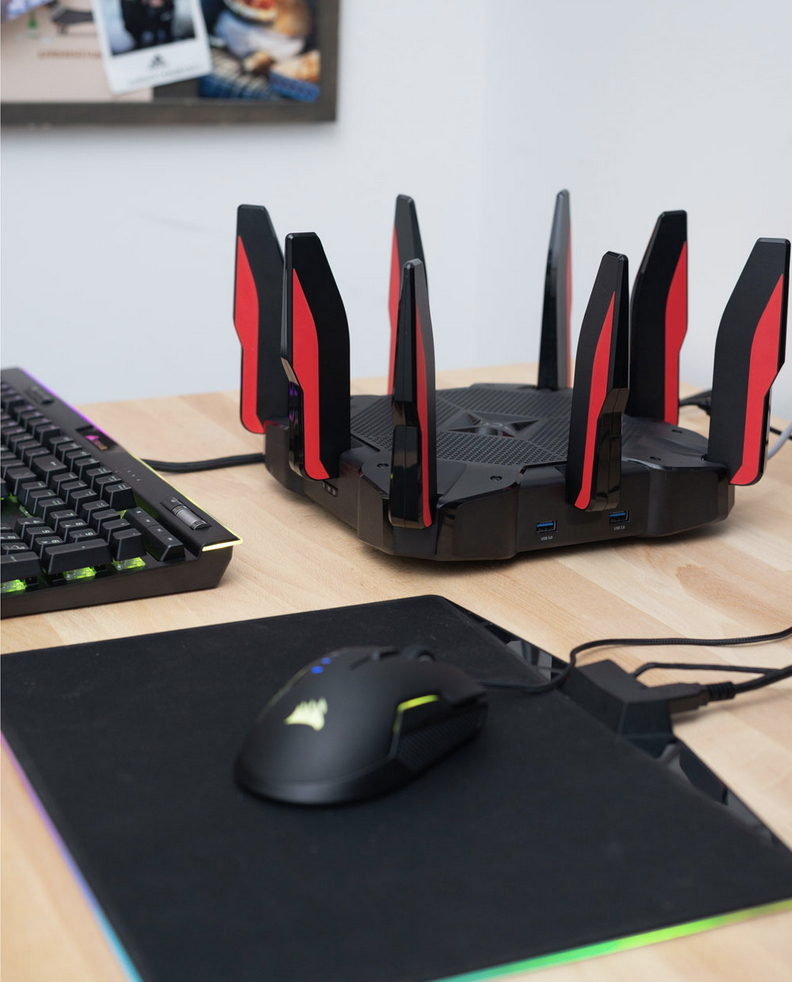
Have you ever wondered what’s behind those Wi-Fi names, and why the buzz around Wi-Fi 6 and Wi-Fi 6E is growing louder? As the backbone of modern connected lives, Wi-Fi and home networking continues to innovate, promising faster, more reliable, and expansive wireless networks. Explore the key differences between Wi-Fi 6 and Wi-Fi 6E in this article, why it matters, and how they are set to redefine the digital experience.
The evolution of Wi-Fi 6 and introducing Wi-Fi 6E
Wi-Fi 6, known officially as 802.11ax, ushered in a new era of wireless technology with faster speeds, greater device capacity, and improved range, particularly suiting ever-growing households of connected gadgets. Enhanced battery efficiency through features like Target Wake Time (TWT) and consistent performance became its hallmark. Wi-Fi 6E builds on this robust foundation, introducing the untapped potential of the 6GHz band. This addition promises even more bandwidth, reduced congestion, and the ability to handle a plethora of devices seamlessly.
Key differences between Wi-Fi 6 and Wi-Fi 6E
Wi-Fi 6 and Wi-Fi 6E, while sounding similar, bring unique attributes to the table. There are a few key differences that set them apart. Let’s break down the pivotal distinctions between these two standards and why you may want to opt for one over the other.
Operating bands
- Wi-Fi 6: Utilizes the 2.4GHz and 5GHz bands.
- Wi-Fi 6E: Introduces and operates on the expansive 6GHz band, in addition to the previous frequencies.
Spectrum availability and congestion
- Wi-Fi 6: Operates on the already crowded 2.4GHz and 5GHz channels.
- Wi-Fi 6E: The 6GHz band offers a fresh spectrum with 14 additional 80MHz channels and seven 160MHz channels, which means less congestion and interference from other devices and networks.
Device compatibility
- Wi-Fi 6: Designed to be backwards compatible with Wi-Fi 5 and older Wi-Fi devices.
- Wi-Fi 6E: Requires Wi-Fi 6E compatible router and hardware to use the new 6GHz spectrum.
Wi-Fi 6 vs Wi-Fi 6E: which version is right for your needs?
Which Wi-Fi standard you should embrace depends largely on your individual needs. Both Wi-Fi 6 and Wi-Fi 6E offer impressive features, but understanding where they shine can guide you to the best fit for your unique situation, needs, and budget.
Everyday browsing and streaming
Wi-Fi 6: For households that majorly focus on general internet activities like web browsing, video calls, or streaming in HD, Wi-Fi 6 offers a substantial boost over its predecessors. Its improved speed and device management capabilities are likely sufficient for most modern homes.
Budget considerations

- Wi-Fi 6: As a more established standard, Wi-Fi 6 devices and routers are widely available, often at a cost-effective price point. It’s an ideal choice for those aiming for a balance between performance and budget.
- Wi-Fi 6E: Representing the cutting edge, devices compatible with Wi-Fi 6E might come with a premium. However, for users who prioritize top-tier performance and the latest tech, the investment can be well justified.
Tech enthusiasts and high-demand users
Wi-Fi 6E: For those always at the frontier of technology, engaging in heavy online gaming, ultra-HD streaming, or running a smart home filled with connected devices, the added bandwidth and reduced congestion of Wi-Fi 6E make it an ideal choice.
Urban dwellers and apartment residents
Wi-Fi 6E: If you’re located in a bustling urban area, apartment complex, or any location with multiple networks and devices, the 6E’s reduced interference in the 6GHz band can be your solution to a clutter-free wireless environment.
Navigating the future of wireless connectivity
At the crossroads of wireless innovation, the choice between Wi-Fi 6 and Wi-Fi 6E is more than a mere technical decision—it’s about optimizing your digital lifestyle. Both standards mark significant milestones in the ever-evolving narrative of Wi-Fi, bringing enhanced speeds, reliability, and broader connectivity to your fingertips. While Wi-Fi 6 offers a versatile and robust platform for a plethora of users, Wi-Fi 6E emerges as the beacon for those seeking the utmost in wireless performance.
In the end, the decision boils down to individual needs, preferences, and the environments in which you operate. By aligning your requirements with the capabilities of these standards, you can make informed choices, ensuring your devices are not just connected, but optimally so.
Shop Wi-Fi 6 and Wi-Fi 6E routers at Best Buy Canada today.
This article was drafted using AI technology and then reviewed, fact-checked, and revised by a member of our editorial team.




